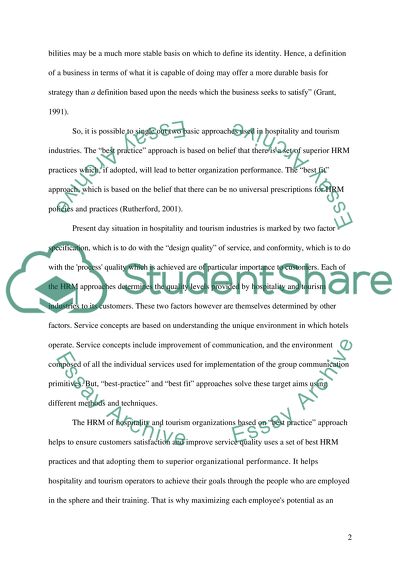Cite this document
(Human Resource Management of Tourism Industry Essay, n.d.)
Human Resource Management of Tourism Industry Essay. Retrieved from https://studentshare.org/human-resources/1532567-human-resource-management-tourism-industry
Human Resource Management of Tourism Industry Essay. Retrieved from https://studentshare.org/human-resources/1532567-human-resource-management-tourism-industry
(Human Resource Management of Tourism Industry Essay)
Human Resource Management of Tourism Industry Essay. https://studentshare.org/human-resources/1532567-human-resource-management-tourism-industry.
Human Resource Management of Tourism Industry Essay. https://studentshare.org/human-resources/1532567-human-resource-management-tourism-industry.
“Human Resource Management of Tourism Industry Essay”, n.d. https://studentshare.org/human-resources/1532567-human-resource-management-tourism-industry.


